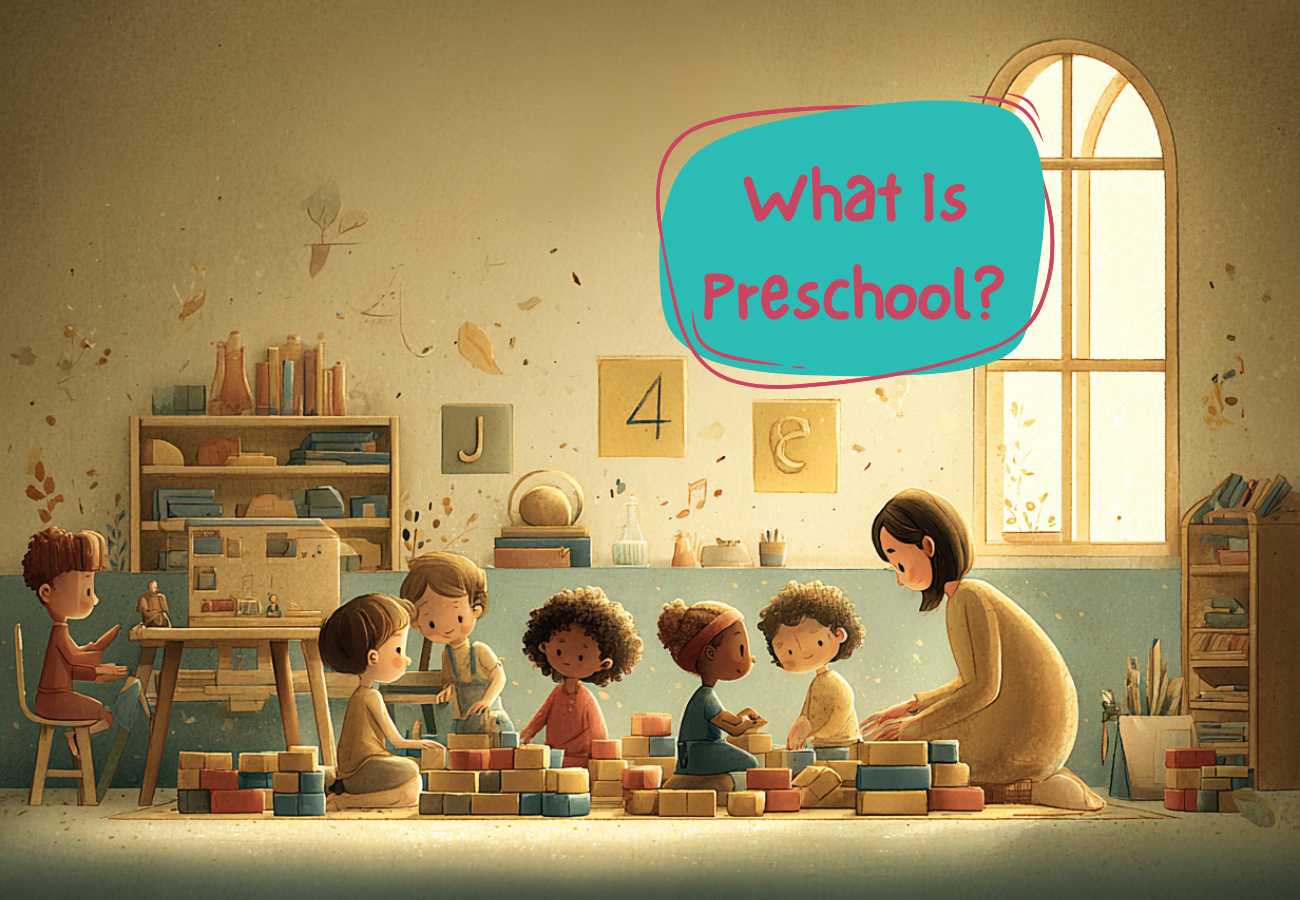How Caring For a Pet Teaches Kids Responsibility

While dogs give us so much companionship and unconditional love as it is, families with children have an additional reason to consider owning a pet. Children are generally focused on their own needs. Owning pets is a wonderful opportunity to teach our children lessons they will carry with them for the rest of their life. Caring for a pet teaches kids responsibility, respect, patience, trust, and companionship as well as having empathy for other living things.
What does caring for a pet teach kids, really?
- Patience, Empathy, and Loyalty
Keeping a pet in the home opens the way for parents to teach their children the importance of patience and empathy, demonstrating the proper way to handle your pet will teach your children what level of patience to have by example, as well as discuss how the pet might feel in specific situations can spark a young child’s mind to really explore empathy more deeply.
“If you step on the cat’s tail, how do you think that will make her feel?” These types of discussions are prime examples of how owning a pet teaches patience and empathy. One key point in a child’s life is that magical stage where babyhood begins to transition into toddlerhood. At this age, it’s easy for young children to not conceptualize respect, but encouraging mutual respect towards your pets is a great way to continue building a young child’s ability to understand and even demonstrate respect.
You will often see young children who haven’t had experience with animals in the home exhibit different behavior towards animals. Things like pulling the ears, hitting as opposed to petting, climbing on, or riding the pets of others. Children having had this crucial life experience with animals in the home generally have a respect for them, they understand how to pet the animal through early conditioning (during the early stages we would hold our son’s hand saying “Soft, pet soft” and conditioning that hand movement, and just like teaching a baby to clap for the first time, they will eventually learn to do it on their own!) and this is what sets the boundary. Even young kids can begin to learn and understand the basic principles taught by pet ownership.
- The Importance of Physical Activity
Owning a pet with exercise requirements can visually illustrate the importance of meeting those needs for both your pet and each member of your household. Simply put, owning a family dog will foster more physical activity. Kids can learn the foundational importance of regular exercise.
- Social and Coping Skills
Spending time with the family pet fosters an environment of kindness as you care for the animal’s needs. There are activities that can be used to soothe a child when done appropriately, using a dog’s fur as tactile stimulation for children with sensory processing disorders can be a great method of coping with difficult situations. Reading to pets has been proven to increase a child’s involvement in school activities, increase self-confidence, as well as improve reading fluency.
- Understanding Grief/Bereavement
While this is the last thing any parent or new pet owner wants to think about, the death of a pet can give parents the opportunity to teach young kids about the grieving process. Opening up to your children by answering the many questions they may have about death such as “Where does our dog go when he dies?” can help your child better understand and cope with their feelings.
- Trust
As your child spends more time with their pet, they can learn how to develop trust. Imagine coaxing a puppy up the stairs. Children are given first-hand experience as they learn how to earn the puppy’s compliance. What appears to be a scary mountain to your little puppy, can be conquered through trust and patience, but force the puppy up and they may yelp or refuse to walk. Simple moments like this teach children the value of trust between them and their pets. As the parent, you can help develop this trust by always encouraging kindness, and demonstrating proper puppy handling behavior to avoid negative interactions between your child and your pet.
- Responsibility and Commitment
Often thought of pets teaches kids responsibility and commitment. They can see the results of their actions as they begin to understand that the wellbeing of another life is in their hands. The commitment to a pet is hard work, and kids learn this early on as they endure daily tasks to help take care of their beloved pets.
- Love
Our pets tend to be fantastic role models of unconditional love. It doesn’t matter if you’re rich or poor, fat or skinny, old or young, pets don’t discriminate. As your family grows and enjoys your pets each day, kids are easily reminded of how much love is in a happy home with pets.
What responsibilities are appropriate for a child of this age?

When deciding to get a new pet, ask yourself some of these questions:
- Why does my child want a pet?
- Is my child mature enough for a pet?
- Can my child handle the responsibility of a pet (if not, will you as the parent help)?
- How will the new pet affect the pets we already have?
- How will a new pet affect the rest of the family?
Toddlers and children nearing school age:
Children from about 2-4 years old can help parents clean up after pets, putting toys and dishes away. Help scoop food at mealtimes, and fill water bowls. When supervised, children at this age can help with brushing and grooming, and enhance exercise by playing with their pet.
Elementary age children:
Children around age 6-10 should be capable of feeding and watering pets on schedule with minimal supervision. Elementary-aged children can often help with deep cleaning any or general maintenance for the pet & pet areas, bathing and grooming as well as walking and exercising if the pet is suitably trained.
Middle School & High school:
Teens and preteens can generally handle pet ownership with little interference from their parents. Aside from driving pets to vet visits and paying pet insurance fees, you can typically expect most teens and preteens to be capable of handling this level of responsibility on their own, especially if they have experience from previous pets in the home.
How to Encourage Your Child to Take on the Responsibilities?
Lead by example. Make every responsibility exciting, encourage them to take part in their new pet’s care. Celebrate with high fives and praise when your child participates in any pet-related chores. This will help your child associate the work it takes to care for a pet with a positive and enriching experience. If responsibilities aren’t being met, offer gentle reminders and make a plan with your child to see what can be done to help them be more effective.
Low Maintenance Pets
Tank animals like fish or hermit crabs can be great low-maintenance pets for kids to help out with, especially younger kids!
Average Maintenance Pets
Small birds, guinea pigs, hamsters, dogs, (Goldendoodles are a great choice, great with kids! But we’re biased, having already owned one! They’re the best dogs ever!) and even rats! These are fairly easy to care for and maintenance is usually manageable for elementary-aged kids.
High Maintenance Pets
Horses, goats, parrots, snakes and other reptiles, pigs as well as most exotic animals. These pets tend to be a bit more maintenance and/or require specialized care. This can still be achievable for kids and makes for a very educational experience, but typically will require more parental supervision, help, and guidance.
Try visiting wildlife refugees. This can be a chance to meet animals and a fun way to spend a summer day.
Additional Benefits from Owning a Pet
Research has highlighted how owning a pet actually strengthens a child’s immune system. This means fewer coughs and colds, respiratory tract infections, ear infections, etc. As a result, this translates into fewer doctor’s visits, and fewer antibiotics.
Exposure to common pet dander helps an infant’s body develop in a way that is better able to fight off common allergens and bugs.
This is a guest post by Skye Parker from Farm Country Goldens.
More articles

Helping Kids Think for Themselves — Gently and Without Pressure
Independent thinking is the ability to look at a situation, ask questions, form opinions, and make choices with confidence. Kids who think for themselves tend to feel steadier in their daily lives. They trust their thoughts and can speak up even if others see things differently. Parents and teachers often want this skill for kids, […]

The Impact of Color and Texture on Children’s Emotions, Behavior, and Learning
Children don’t just see their environment — they absorb it. Every color, every texture, and every visual detail around them quietly shapes the way they focus, relax, behave, and even understand their own emotions. While adults often adapt to a space automatically, children respond to it instantly and instinctively. That’s why creating a supportive environment […]

What Is Preschool and Why It Matters for Early Development
Choosing the right preschool is one of the most critical decisions parents make in shaping their child’s early development. In today’s evidence-based educational climate, early childhood education is recognized not merely as preparatory schooling, but as a scientifically validated foundation for cognitive, emotional, and social growth. High-quality programs such as Little Scholars NYC, an established […]



